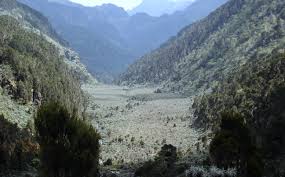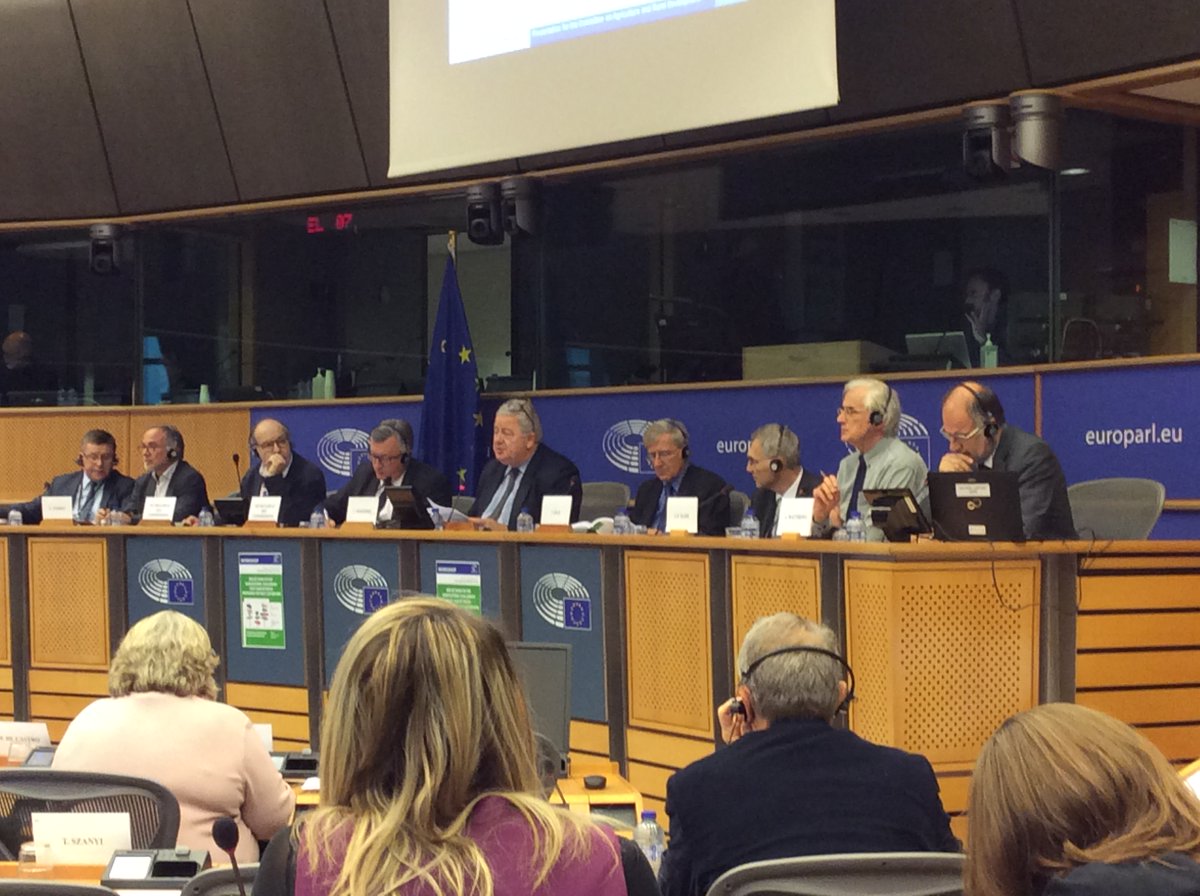The land use, land use change and forestry (LULUCF) sector is assigned an important role in both global and EU climate policy because it is an important store of carbon (around four times as much carbon is stored in soils and biomass including forests as in the atmosphere itself (Lal, 2004) and it is, to date, the only sector with the large-scale potential to sequester carbon from the atmosphere.
The Paris Agreement highlights the potential contribution of the LULUCF sector by setting an objective to achieve a balance between anthropogenic emissions by sources and removals by sinks of greenhouse gases in the second half of this century in order to meet its overall goal of holding the increase in the global average temperature to well below 2°C above pre-industrial levels and pursuing efforts to limit the temperature increase to 1.5°C above pre-industrial levels.… Read the rest



